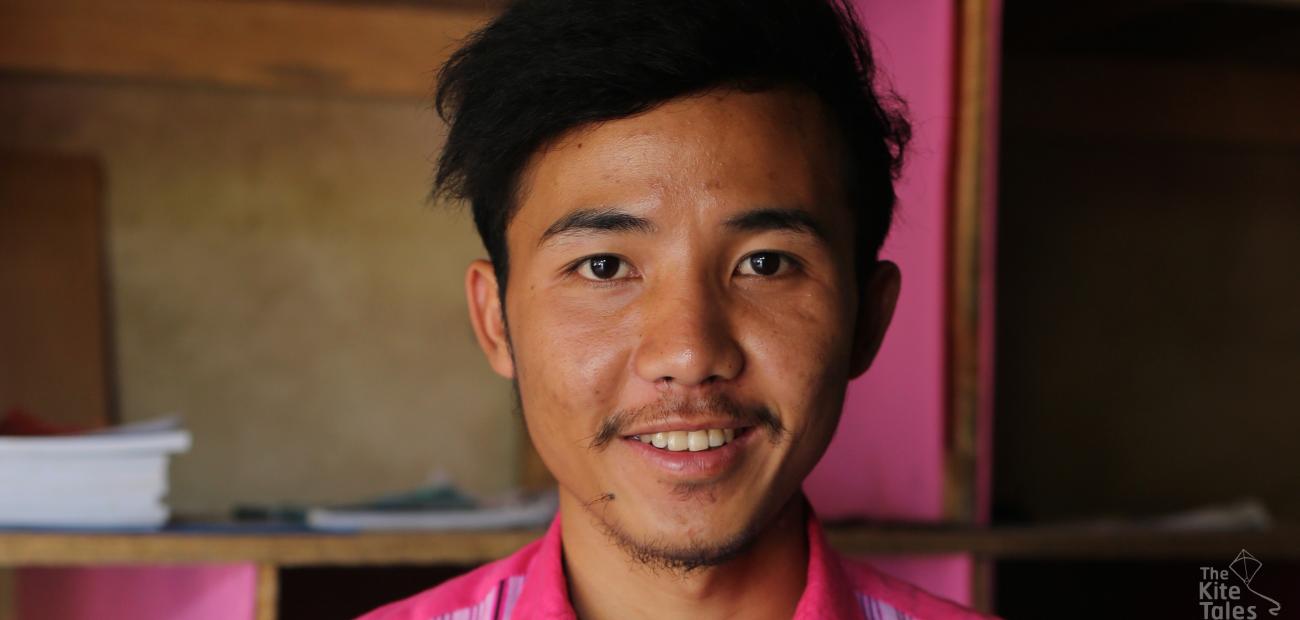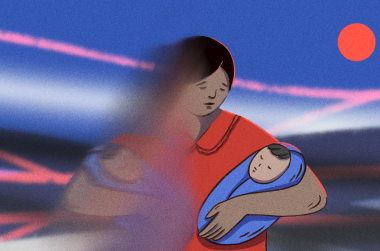John Paul found his vocation in a Thai refugee camp. Years of dislocation from home, when any news from across the border was precious, sparked his earnest determination to become a reporter.
Conflict across his native Kayah State, as well as further south in Kayin and Tanintharyi caused tens of thousands to flee their homes from the early 1980s onwards, in one of Asia’s longest refugee crises. There are still around 100,000 people living in the Thai camps, although many have been resettled in third countries like the United States and some have recently returned to Myanmar.
John Paul is part of a new generation of bright young Myanmar reporters, who are the first in decades to operate openly, particularly in ethnic minority areas, and their energy and enthusiasm can rankle officials who are unaccustomed to oversight.
After five years in the camp he returned to Myanmar in 2013 as a news reporter for the Kantarawaddy Times. It has not been easy.
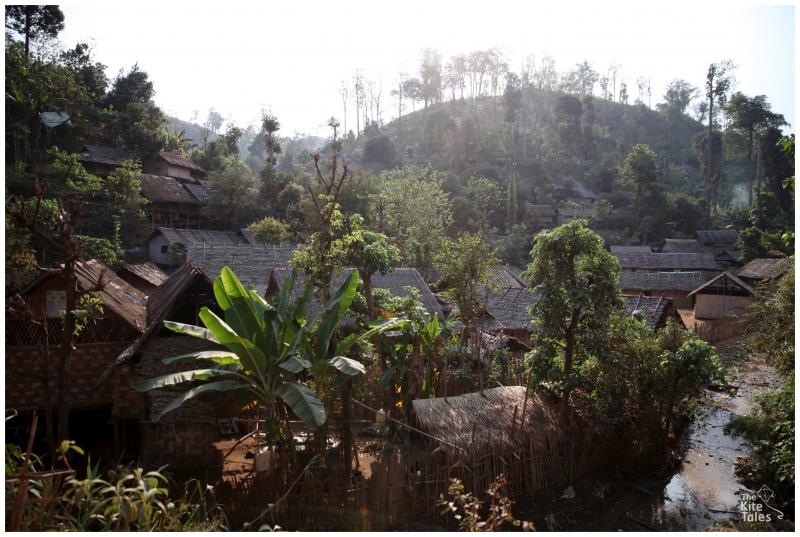
“Being a journalist is a very harsh job in Kayah State because there are many armed groups and there are lots of black areas. When you go to the villages you can’t guess what will happen to you.
“In the past it was also very difficult to get an interview. People didn’t know who you were and even if you explained you were a journalist, they thought you were a detective or intelligence agent. It was also very difficult to get information from the government, that is a problem,” he said, adding that since 2014 there was “more transparency”.
The Kantarawaddy Times was “founded by young people and is still mostly young people”, which creates its own issues in a rigidly hierarchical society.
“When we ask for an interview with a minister, they treat us like children. Honestly they don't respect our jobs, they think that we are kids so they can say whatever they want," said the 22-year-old.
“So we have to fight harder.”
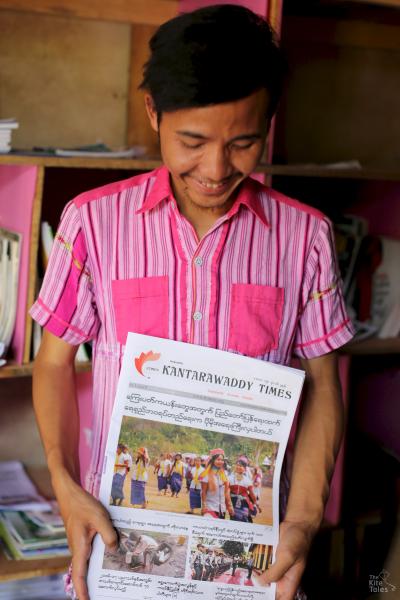
Communication is the lifeblood of journalism, but John Paul and his colleagues have faced an uphill struggle in Kayah State.
His team could not even use the desktop computers in their office until 2014, because frequent power surges and blackouts would ruin the equipment.
“It was a very difficult time for communications. When we had photographs and video news, we had to get to Mae Hong Son because the internet connection (in Myanmar) was very bad. It took one day. Sometimes in rainy season it took two days. It was a waste of our time.”
The myriad languages spoken in Kayah State have also made it a challenging environment to work in. Despite being ethnic Kayaw, he cannot speak their language, but can speak a little of the ethnic Kayah tongue — as well as Myanmar and English.
“We don’t have a common language and that’s a problem for us (as reporters) too because when we broadcast we don’t know what language to choose.
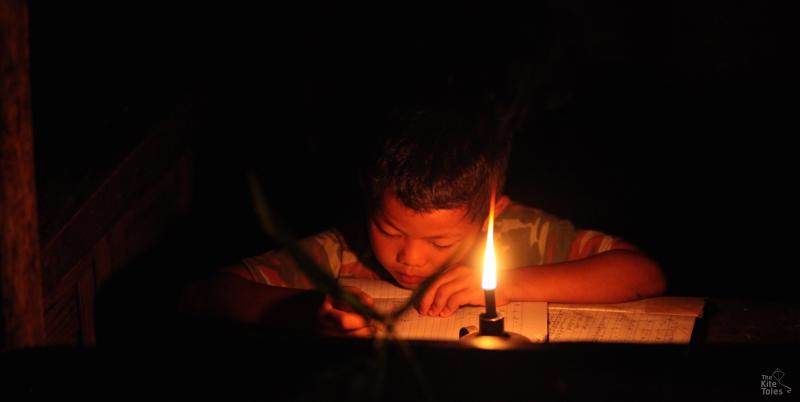
“In the refugee camp, the Kantarawaddy Times was the only place we could get information.
“I thought that I would live out my life in the camp because there was so much fighting.
“There are many young people in the camps. They are living in a box. When they come back here they see a bigger society.
“I want all refugees to come back. But talking to my friends, only a few know that if they returned they need to make many preparations.
“Being a journalist is very good job to educate people. People in the villages don't know the tricks of the businessman, so I worry that they will become victims.
“Our Kayah people have been living in the dark for maybe six decades, so there’s not much awareness. I have to do as much as I can for them.”
(Interviewed May 2016)

